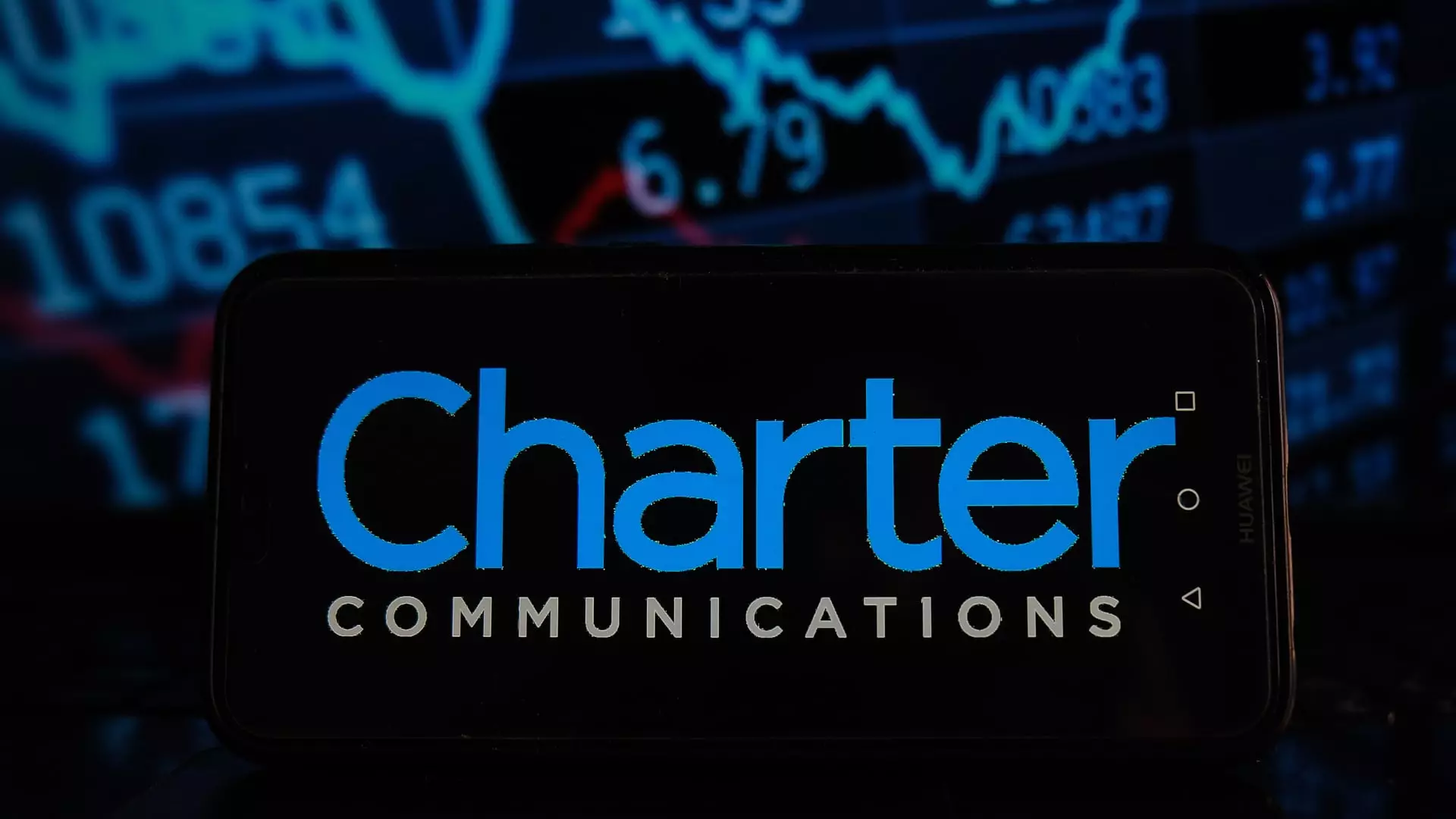The recent announcement of the merger between Charter Communications and Cox Communications has raised significant eyebrows in the corporate and consumer landscape. Valued at an astounding $34.5 billion, this agreement represents not just a consolidation of corporate power in the telecommunications industry but also a troubling trend towards monopolization. With Charter already reigning as the second-largest cable provider in the United States, its merger with a family-owned entity like Cox signifies a shift that could stifle competition even further, raising questions about consumer choice and service quality.
As we stand on the brink of this new corporate hegemon, it becomes imperative to interrogate what this merger truly implies for the average consumer. Will this power consolidation lead to better services, or are we merely setting the stage for complacency and stagnation? History has shown us that bigger is not always better, especially when it comes to industries essential for communication and information access.
The Fragile State of Broadband Competition
The broadband sector has been rife with competition from wireless alternatives, such as 5G and fixed wireless options. The traditional cable model, primarily driven by bulky TV bundles, has simply not adapted well to the changing needs of consumers who now favor flexibility and affordability. Charter’s recent loss of 60,000 broadband customers and 181,000 cable TV customers in just one quarter speaks volumes about the vulnerability of this business model. It illustrates a consumer base that demands innovation rather than inertia.
What’s troubling is Charter’s strategy to bolster its mobile business to offset these losses. While using mobile lines might bring temporary relief to dwindling cable subscriptions, it glosses over the core issue: the outdated cable bundle is sliding into obsolescence. Simply put, the merger does not provide a comprehensive solution to the issues plaguing broadband consumers.
Implications for Consumer Choice and Pricing
The reality is that mergers like this tend to narrow options for consumers. With Charter and Cox combined, the potential for price hikes increases, as the demand for sophisticated services grows without a corresponding increase in competition. The new entity plans to retain the Charter name while making Cox the consumer-facing brand—a name that will soon become synonymous with limited choices and elevated prices. In markets where options are few, companies tend to prioritize profits over customer satisfaction.
Furthermore, this merger is likely to impact various communities differently, particularly those in underserved areas. While Charter claims it serves over 57 million homes and businesses across 41 states, how many of those customers receive satisfactory service? In a monopoly-like scenario, the tendency is to serve profitable areas efficiently while neglecting rural or lower-income locations, consolidating the digital divide that has been a talking point for far too long.
Leadership Dynamics: Do the Right People Lead it Right?
The leadership structure of the combined entity is also a cause for concern. While Chris Winfrey will remain as the president and CEO, the presence of Cox executives, including Chair Alex Taylor, raises questions about how flexible and adaptable the organization will be in the face of evolving consumer demands. True innovation stems from diverse leadership that represents a spectrum of ideas, yet entrenched stakeholders and familiar faces may inhibit radical rethinking.
Moreover, the merger agreement stipulates that the Cox family will maintain influence over board appointments. This familial control could hinder any substantial transformative initiatives needed to address consumer dissatisfaction while entrenching outdated practices. The necessity for change, driven by competition and public demand, may be stunted in the hands of a few well-connected individuals who may prioritize protection over progress.
The Regulatory Landscape: A Call to Action
At the heart of this merger lies the question of regulatory oversight. The Biden Administration has taken steps towards increasing scrutiny over corporate mergers, aiming to curb monopolistic trends across various sectors. It is paramount for regulatory bodies to be vigilant in assessing the implications of this merger—not just in terms of competition but also regarding consumer welfare.
As advocates for consumers, it is our responsibility to demand accountability and transparency in this ever-changing landscape. The merger between Charter and Cox is not merely a corporate reshuffling; it signifies a potential turning point for broadband access and competition in the United States. As this chapter unfolds, we must not allow vested interests to dictate the narrative; instead, the focus should remain on ensuring that consumer voices are heard and protected.


Leave a Reply